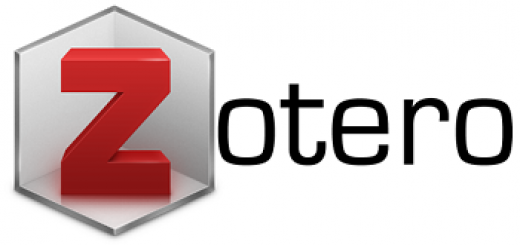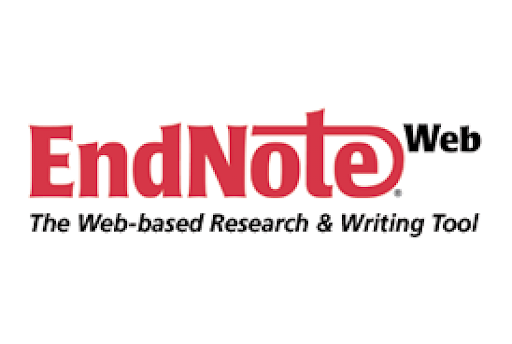REDESIGN N METAL CASTING TOOLS USING ANTHROPOMETRY AND QFD
Abstract
The case in the metal casting process is when the metal is melted and then poured into a liquid metal reservoir and then poured into a pouring tool and then poured into a mold. In the process of pouring into the mold is still using manual equipment, namely by using wood which ends have a container such as a bucket ( bucket)) made of a mixture of white cement, brick fire sand and clay and the metal liquid pouring tool has a length of 1.5 cm, a weight of 5 kg with a diameter of 15 cm and a height of a container for liquid metal 20 cm does not include the load. If the pouring device filling with liquid metal, then the weight reaches ± 20 kg, with a weight of ± 20 kg the worker must pour the liquid continuously into the mold and at least each worker must go back and forth 6 times pouring metal liquid into a mold in a single combustion process.
Based on the nordic body map questionnaire data as many as 8 workers felt pain in the shoulder and arm because the burden was born, resulting in workers often feel pain in the muscles of the arms and back. Because the wooden handle used to pour metal liquid is too slippery (exposed to sweat), so there is a need for improvement in activities.
From the results of the above observations, it is necessary to design ideas for new work facilities. It expects to affect the improvements related to the position of the hand in the process of pouring liquid into the mold. Then the design idea needs to be done in the form of a casting tool that has been modified and can be used according to user needs and can be said to be ergonomic, safe, and comfortable. The method used in designing castings is quality function deployment and anthropometric techniques.
References
[2]Ginting,R . 2010. Perancangan Produk. Graha Science. Yogyakarta.
[3]Nurmianto, E. 1991. Pendalaman Ergonomi . Grafindo. Surabaya.
[4]Nurmianto, E 2003. Ergonomi Konsep Dasar Dan Aplikasinya. Guna Widya. Surabaya.
[5]Permana, IP. 2013. Analisis Kualitas Pelayanan Dengan Menggunakan Metode Quality Function Deployment (Qfd) Pada Restoran Warung Misbar Di Bandung. Fakultas Ekonomi Universitas Islam Bandung. Bandung.
[6]Santoso, G. 2004. Ergonomics, Human, Equipment, and Environment. Literature Achievement. Jakarta.
[7]Situmorang, C . 2003. Mengikuti Prosedur Menjaja Keselamatan Dan Kesehatan Kerja. Depdiknas. Direkorat Pendidikan Menengah Kejuruan. Jakarta.
[8]Suhardi Bambang. 2008. Perancangan Sistem Kerja Dan Ergonomi Industri. Direktorat Pembinaan Sekolah Menengah Kejuruan. Jakarta.
[9]Suma'mur. 1989. Corporate Higene and Occupational Health. Pt. Agung Mountain Shop. Jakarta.
[10]Suma'mur. 2001. Work Safety and Accident Prevention. Cv Haji Masagung. Jakarta.
[11]Sutalaksana. 1996. Material Ergonomics , Anthropometry.
Copyright Notice
The Authors submitting a manuscript do so on the understanding that if accepted for publication, copyright of the article shall be assigned to journal IJETS, University Of Technology Yogyakarta as publisher of the journal, and the author also holds the copyright without restriction.
Copyright encompasses exclusive rights to reproduce and deliver the article in all form and media, including reprints, photographs, microfilms and any other similar reproductions, as well as translations. The reproduction of any part of this journal, its storage in databases and its transmission by any form or media, such as electronic, electrostatic and mechanical copies, photocopies, recordings, magnetic media, etc. , are allowed with a written permission from journal IJETS, University Of Technology Yogyakarta.
Jurnal IJETS Board, University Of Technology Yogyakarta, the Editors and the Advisory International Editorial Board make every effort to ensure that no wrong or misleading data, opinions or statements be published in the journal. In any way, the contents of the articles and advertisements published in the journal IJETS, University Of Technology Yogyakarta are sole and exclusive responsibility of their respective authors and advertisers.











 This work is licensed under a Creative Commons Attribution-ShareAlike 4.0
This work is licensed under a Creative Commons Attribution-ShareAlike 4.0